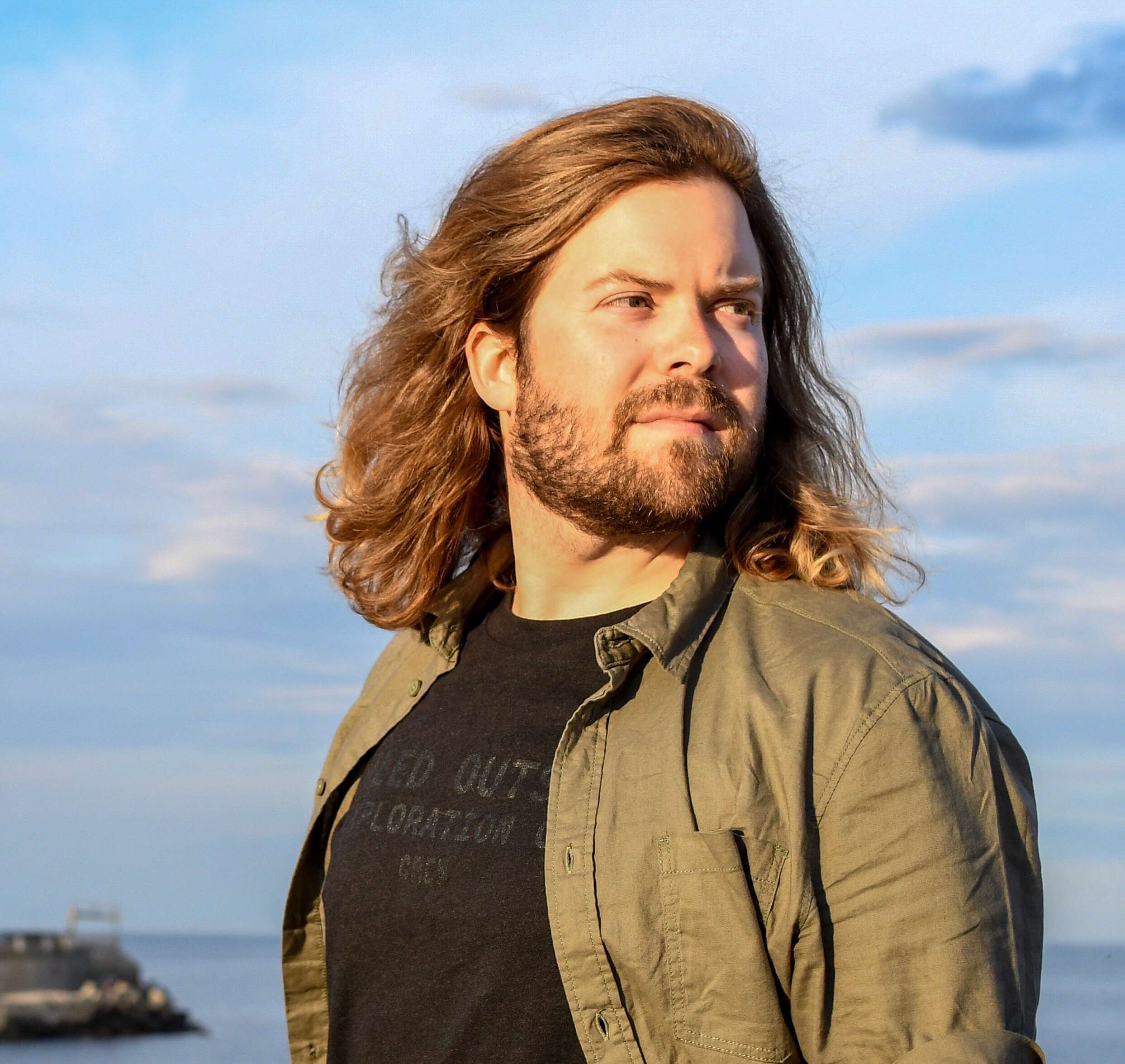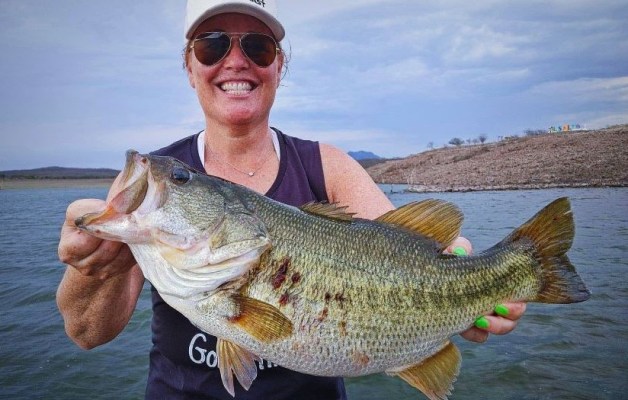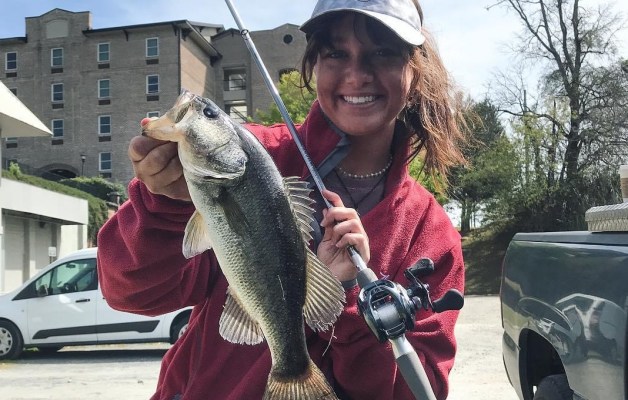
When the last jack-o-lanterns meet their inevitable fate in early November, the face of fall transforms from Halloween to Thanksgiving. For many, this shift marks the official beginning of a holiday season that runs into January. And for most, the onset of Thanksgiving also means that ovens, grills and stovetops will soon be fired up to create a smorgasbord that friends and family will gather together to enjoy.
But Thanksgiving itself is a complicated holiday. Though its origins date to a real feast held by religious pilgrims from England and the Wampanoag people in 1621, the holiday itself wasn’t cemented into American culture until the beginning of World War II. It’s understandable, then, that this national tradition is facing an ever-dwindling glow beside the bright, commercial lights of Christmas. However, Thanksgiving offers a unique opportunity for Americans to better understand the history of North America and the collision of indigenous and European cultures that would ultimately form the foundations of the United States.
It’s an opportunity enhanced by a visit to any of the locations below: incredible places around America to better understand Thanksgiving.

Plymouth, Massachusetts
When Europeans sailing aboard the Mayflower missed their intended destination near modern day New York in 1621, they found themselves on the shores of Cape Cod near Plymouth. And while the legend of Plymouth Rock may or may not be true, the real life site of their colony can be found just outside of town at the Plimouth Patuxet Museums.
The museums here offer travelers a first-hand look at life in 17th-century Cape Cod. Investigate a recreated wetu (house) in Patuxet village and learn more about the lifestyle of indigenous people that lived in the area for 12,000 years before the pilgrims arrived. The staff here build dugout canoes, cook over an open fire and cultivate corn, squash and beans in the same way the Wampanoag would have in 1621.
Stroll the avenues of the early colonial village of Plymouth Colony. The exhibit features timber-framed houses with reproduction furniture, muster drills and livestock that recreate the lives of the colonists much as they were during what became widely known as the first Thanksgiving. A nearby recreation of the Mayflower completes this deep dive into November’s signature national holiday.

Ledyard, Connecticut
Owned and operated by the Mashantucket Pequot Tribal Nation, the Mashantucket Pequot Museum & Research Center is the largest Native American museum in the United States. This stunningly crafted 308,000-square foot facility opened in 1998 and walks visitors through the history of the Mashantucket Pequot Tribal Nation and the eastern woodlands of North America. The interactive exhibits here walk visitors through megafauna of the last ice age, the arrival of the continent’s first people, and life from 6,000 years ago to present day.
The museum also documents the arrival of European colonists and the preludes to war that led to a 1637 conflict in the colonies of Connecticut and Massachusetts.
The museum sits about two hours from the city of Mashpee, Massachusetts, where visitors can amble through the Mashpee Wampanoag Museum. This smaller museum set in a historic Cape Cod home is dedicated entirely to the Wampanoag with a specific focus on life 400 years ago—as it was when the Plymouth colonists landed.
Berkeley Plantation, Virginia
Plymouth is not the undisputed location of the first Thanksgiving. Several hundred miles south near Jamestown, Virginia, Berkeley Plantation lays claim to an earlier version of the holiday that sits in stark contrast to the one popularly celebrated today. On December 4, 1619, Virginia-bound colonists aboard the Margaret sailed up the James River and made landfall. According to historical accounts, they then knelt on the shore and prayed, giving thanks to their god after a perilous voyage from England that set them against starvation, storms and scurvy.
The men aboard the ship declared the day of their landing an official day of “thanksgiving” and set about the business of building a colony on the site of Berkeley Plantation.
This alternate version of the origin of Thanksgiving is one that travelers can see for themselves today. Berkeley Plantation hosts year-round tours and private events, as well as annual Christmas and Thanksgiving festivities that feature reenacts in period attire.

New York City, New York
Nearly 8.5 million people call this former Dutch colony on the Hudson River home. And while the enlightenment era beginnings of New York City have long been buried beneath the bustle of Manhattan, the Macy’s Thanksgiving Day Parade brings a cacophony of commercialism to the streets above their weathered bones. With marching bands, popular musicians, enormous balloons and of course – Santa Claus – this sprawling parade has been a Thanksgiving tradition since 1924.

During the parade, some 3.5 million people flock to the streets to take in the sights and sounds of the holiday season’s big kickoff parade. And while it may be tempting to get lost in the swarm on the sidewalks, there are a few tricks to seeing another side of the parade. A visit to the American Natural History Museum will earn you a view of the balloons being inflated on Thanksgiving Eve; splurging on a hotel located on the official parade route – like the Mandarin Oriental could give you a comfortable front row seat to the festivities.

Santa Fe, New Mexico
Nearly a century before English colonists landed at Plymouth, Spanish conquistador Francisco Vasquez de Coronado was leading an ill-fated expedition into the American southwest.
Coronado arrived in the modern day United States on (what else?) a quest for legendary cities of gold rumored to exist in Arizona and New Mexico. He arrived with 300 armed horsemen and foot soldiers, light cannons and a naval squadron intent on sailing up the Colorado River. After a series of aggressive and sometimes violent clashes with the Zuni, Hopi, Tiguex and other tribes living in sophisticated pueblos, Coronado was convinced that the last remaining city of gold did indeed exist—in Kansas.
Coronado’s expedition failed. He returned to Mexico City in shame after months of being led in circles by subsequent Texas and Great Plains nations. His legacy remains one of the hallmark stories of early colonial interaction with Native Americans: one in which the original inhabitants of this continent gained an upper hand.
Today, the art and cultures of the people that deftly outmaneuvered Coronado are on display in Santa Fe, New Mexico at the Museum of Indian Arts and Culture.
This world-class collection of Native American pottery, jewelry, sculpture and visual art showcases the true treasures that the gold hungry conquistador overlooked. The museum offers life-long education opportunities for adults and children interested in learning more about art and archaeology of the American southwest. Courses also immerse students in lectures, short courses and hands-on workshops that leverage the museum’s laboratory of anthropology to help visitors further understand the impressive cultures that existed in North America long before Europeans landed on its shores.





